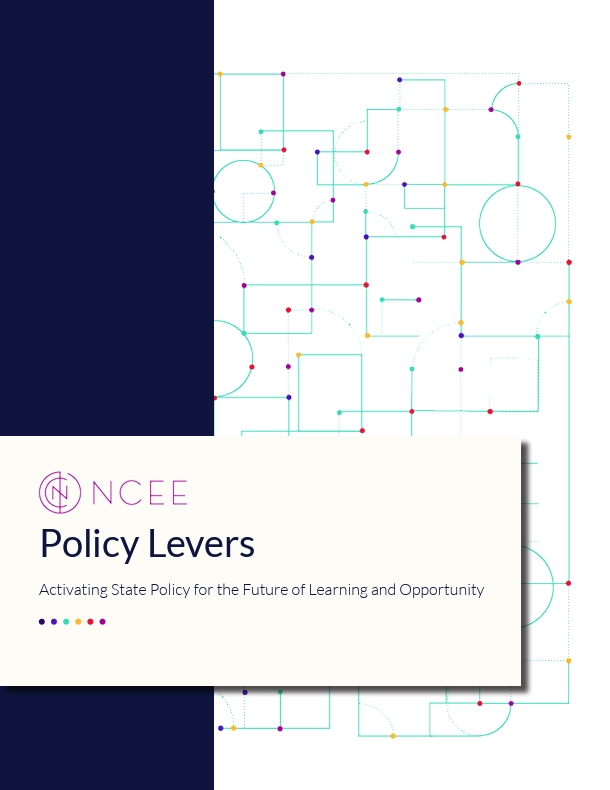Blueprint
Designing Systems that Work
The NCEE Blueprint distills nearly four decades of research on the world’s top education systems. It provides insights into the key elements of successful systems, encouraging education leaders, policymakers, and communities to design future-ready education systems tailored to their unique needs.

Blueprint
Designing Systems that Work
The NCEE Blueprint distills nearly four decades of research on the world’s top education systems. It provides insights into the key elements of successful systems, encouraging education leaders, policymakers, and communities to design future-ready education systems tailored to their unique needs.


Prepare Young People for Long Life Learning
Emphasizes fostering excellence from early childhood to graduation, creating meaningful, accessible pathways to life after school aligned to the demands of an evolving economy, and ensuring opportunities for learning and reskilling across extended lifetimes.

Cultivating High-Capacity, Forward-Thinking Educators
Focuses on treating educators – teachers and leaders – as key knowledge professionals, with strong investment in their development including transforming educator competencies given emerging technologies, expanded student outcomes, and the need to rethink time, space and staffing.

Joining Forces to Ensure Learners Thrive
Highlights bringing people and institutions together to support young people, blurring the lines between formal and informal schooling, and providing intentional support for developing fundamental skills and accelerated opportunities.

Thinking Differently About System Leadership
Points to the traditional fundamentals of leadership as the floor, no longer the ceiling, and highlights what is required of leaders given the pace of change in education and the economy.
Developing Agency for Life and Work
Building on the Blueprint’s vision for systems that work, Developing Agency for Life and Work focuses on the learners those systems are designed to serve. It defines the skills, habits, and mindsets that enable individuals to thrive academically, professionally, and personally. Organized around four broad domains—Core Skills, Contemporary Skills, Habits of Learning and Well-Being, and Community Skills—it offers a framework for cultivating lifelong learning, adaptability, and purpose so every learner can contribute meaningfully to work, community, and civic life.
NCEE Policy Levers
These concrete, actionable strategies are designed to help state leaders transform education systems so that all learners are prepared for long life learning, economic opportunity, and civic engagement. Grounded in NCEE’s international benchmarking research and direct experience partnering with schools, districts, and states, the levers are fully aligned with the core components of the NCEE Blueprint.


